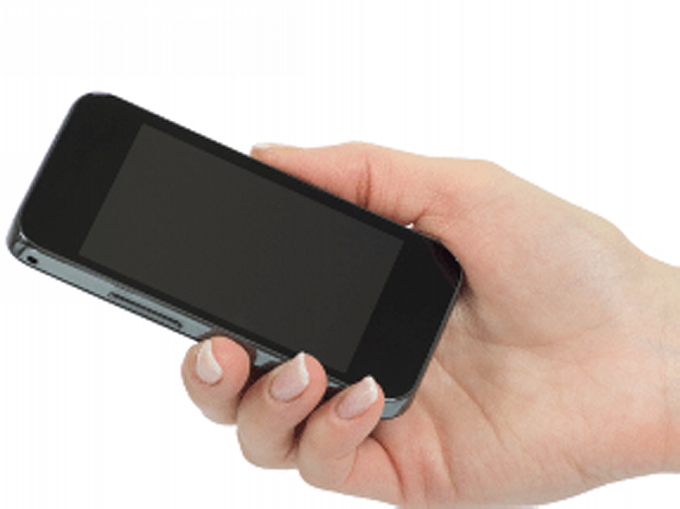Roughly one-half of e mail is now opened on cellular gadgets just like the Apple iPhone or the Android-powered Samsung Galaxy S4. There may be important analysis indicating that between 70 and 80 % of customers will merely delete a message that doesn’t look good on their cellular gadget.
If ecommerce entrepreneurs need to get their message by way of to smartphone and, maybe, pill customers, they will have to design for cellular.
After all, the opposite half of e mail advertising messages is being opened on laptop computer and desktop computer systems with comparatively huge viewing home windows, and, regularly extra succesful e mail purchasers. Entrepreneurs don’t need to neglect these customers both.
Responsive Design for Emails
The answer to designing for smartphones, tablets, laptops, and desktops stands out as the similar strategy used for web site cellular optimization, particularly, responsive design.
Basically, responsive design seeks to current content material to customers in a manner that’s each purposeful and enticing whatever the measurement or mobility of the person’s gadget. Responsive design focuses on offering good buyer experiences and requires entrepreneurs and designers to do some additional work on the person’s behalf.
Within the case of mobile-optimized emails, responsive design usually depends upon three methods or capabilities: media queries, cellular first design, and fluidity.
CSS Media Queries for Responsive Emails
CSS media queries enable designers to specify completely different kinds primarily based on the width of the person’s display. On this manner, it’s attainable to, for instance, set the width of an HTML desk to 600 pixels for gadgets with massive viewing areas and set the width of the identical HTML desk to 300 pixels on cellular gadgets.
Media queries are positioned inside a mode sheet. Within the context of an HTML e mail, this usually implies that the media question will go within a mode tag on the doc’s head.
@media solely display and (min-width: 481px;){
desk { width: 600px; }
}
Discover that the media question begins with an at-rule, @media, and goes on to specify some parameters. The “solely display” part signifies that the enclosed kinds will apply solely to screens and never, for instance, to printers.
Discover that there’s additionally a minimal width set, in order that the kinds on this instance would solely apply to screens bigger than 481 pixels.
Inside the media question, the e-mail designer can add any model required to make the e-mail look good throughout gadgets.
You will need to notice that model declarations are sometimes made inline inside HTML emails. Which means is customary to position kinds straight in an HTML tag, which is one thing that MailChimp identified in its transient rationalization of responsive e mail design.


